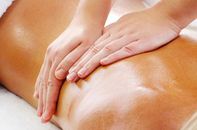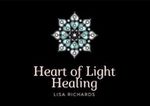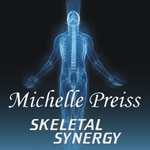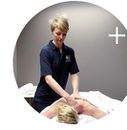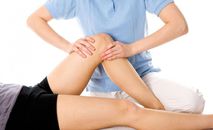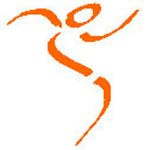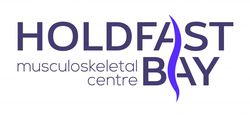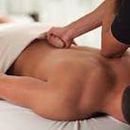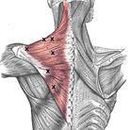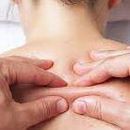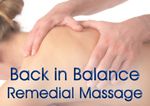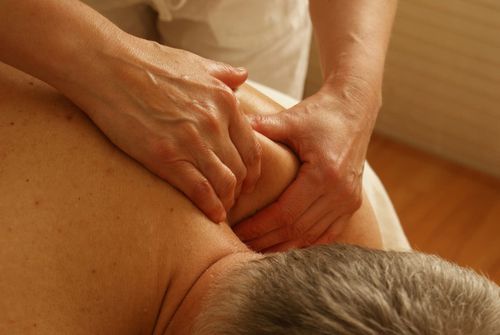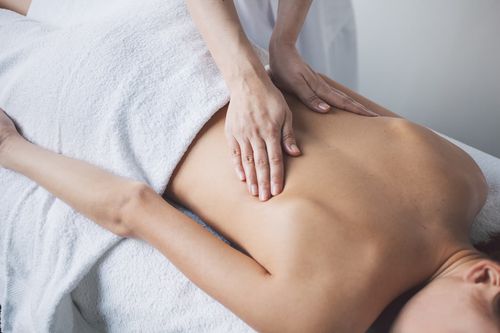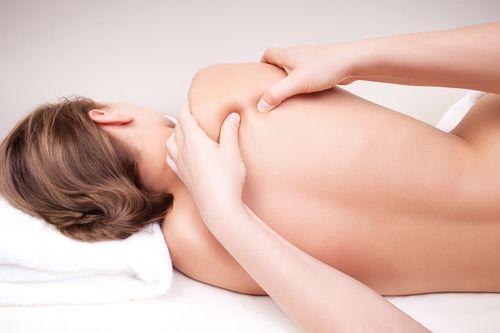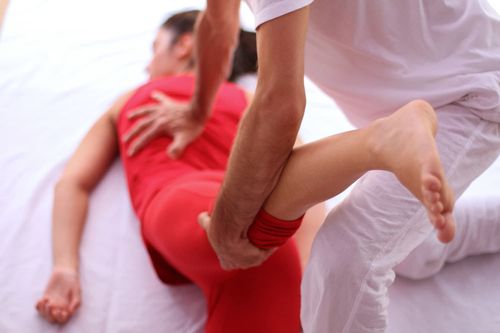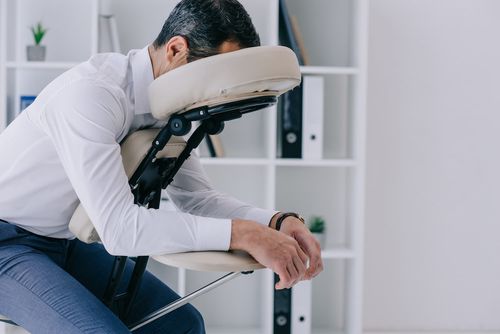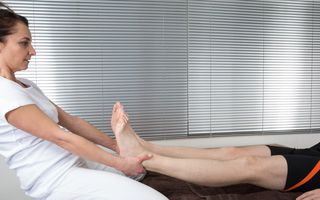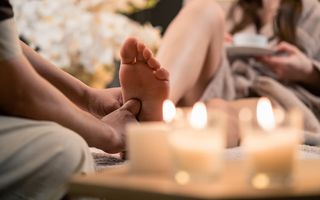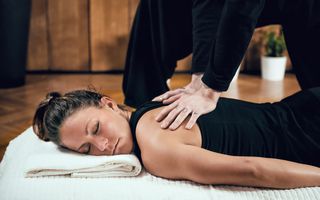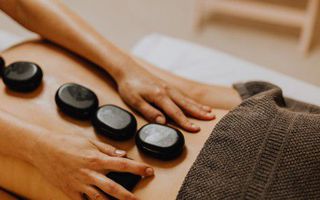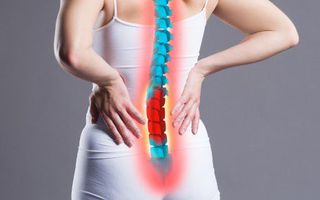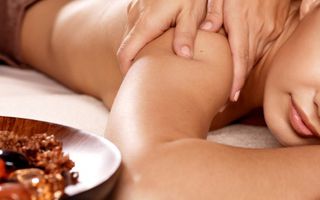What is Deep Tissue Massage?
Deep tissue massage targets the deeper layers of the muscles and fascia to break up adhesions and knots that result in pain and immobility. It employs massage techniques that are similar to a relaxation massage, but with a higher degree of focused pressure. The practitioner uses their hands, forearms and elbows to treat the problem area in order to improve flexibility, blood circulation, and the body's natural muscular structure.
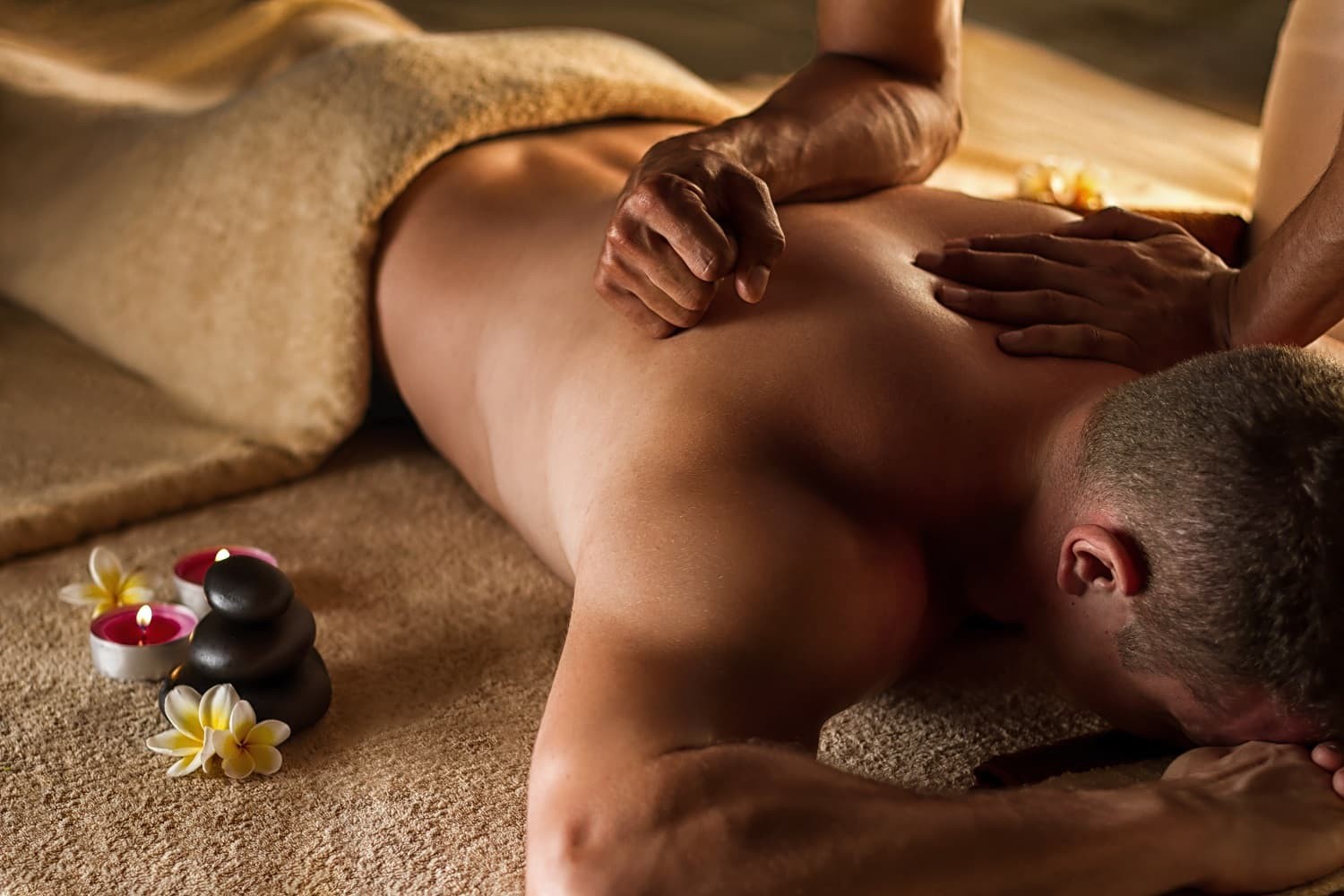
What are the Benefits of Deep Tissue Massage?
Any type of massage therapy may leave you sleepy as your muscles adjust to the changes made to them, but a deep tissue massage session relieves the aches and pains that initially restricted your movement in addition to relaxing you. The techniques of this massage can improve physical and mental wellbeing by addressing a number of conditions, including:
- Low back pain
- Sore neck and shoulders
- Whiplash
- Tennis elbow
- Sciatica
- Arthritis
- Carpal tunnel syndrome
- Scar tissue
- High blood pressure
- Inflammation
- Fibromyalgia
How Much is a Deep Tissue Massage in Gawler?
In Gawler, the cost of a deep tissue massage ranges from $80 to $180. There are several factors that affect the pricing of this massage, including the length of the treatment and whether it is delivered in a spa or massage clinic or at home. A practitioner who visits you at home might charge an extra fee for their travel expenses.
How Many Deep Tissue Massage Therapists are Based in Gawler?
According to data from TAFE SA, there are currently about 900 massage therapists working in South Australia, including Gawler. Most practitioners are full-time employees, and more than half are women over 45 years old.
How Many People in Gawler Use Deep Tissue Massage?
Deep tissue massage is considered a therapeutic massage, which is popular among Gawler residents and people across South Australia. Over 25% of 87 adults surveyed in 2007 in the region stated they would use massage on a regular basis. In a study performed three years earlier, researchers at the University of South Australia found that children also commonly used it together with other natural therapies for musculoskeletal conditions and respiratory problems.


